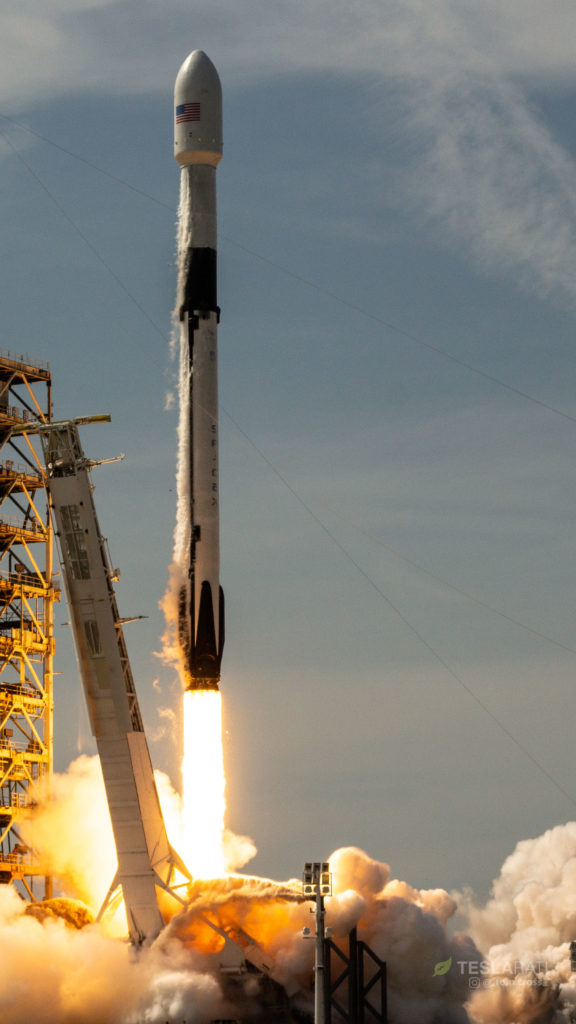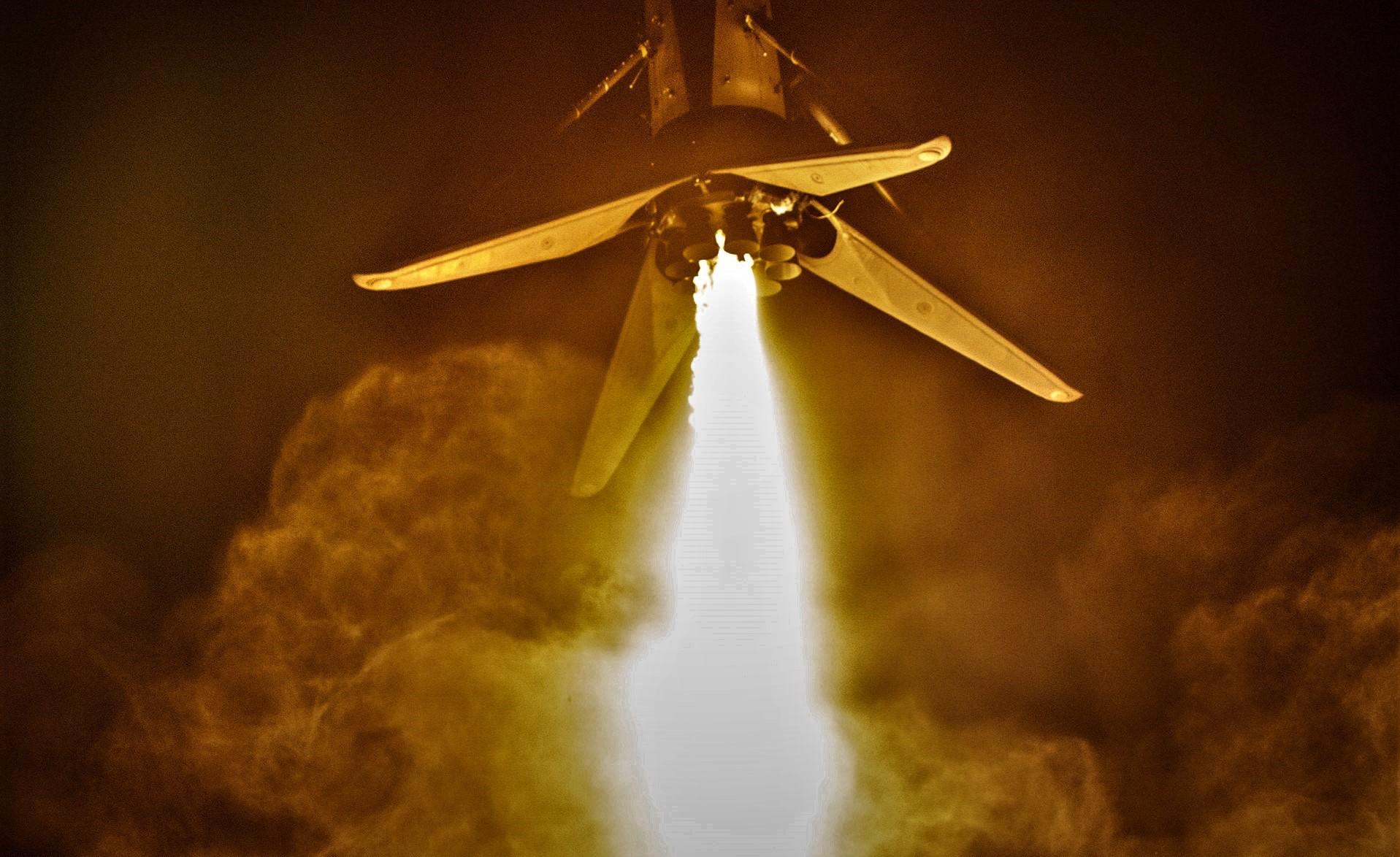
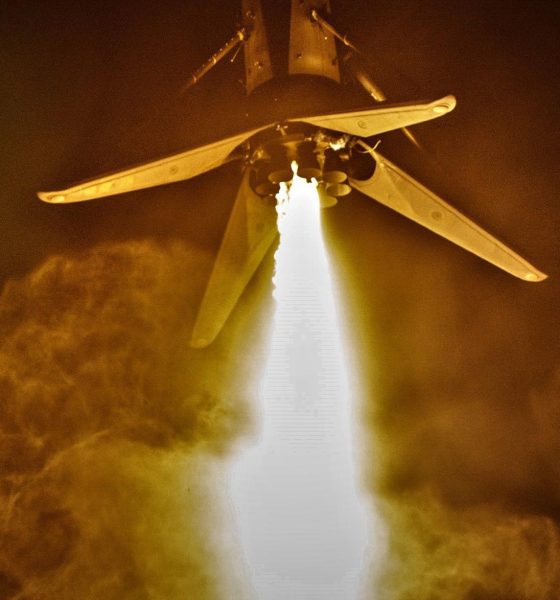
News
SpaceX’s next step towards airplane-like Falcon 9 reusability expected in 2018
Speaking at an impromptu IAC 2018 talk, Vice President of Build and Flight Reliability Hans Koenigsmann confirmed earlier this month that SpaceX is aiming to conduct its first triple reuse of a Falcon 9 booster before the year is out.
While not entirely confident on the specific mission it would end up flying on, Koenigsmann floated the company’s next Vandenberg, CA launch – Spaceflight Industry’s SSO-A rideshare – as a prime candidate, tentatively targeting November 19th.
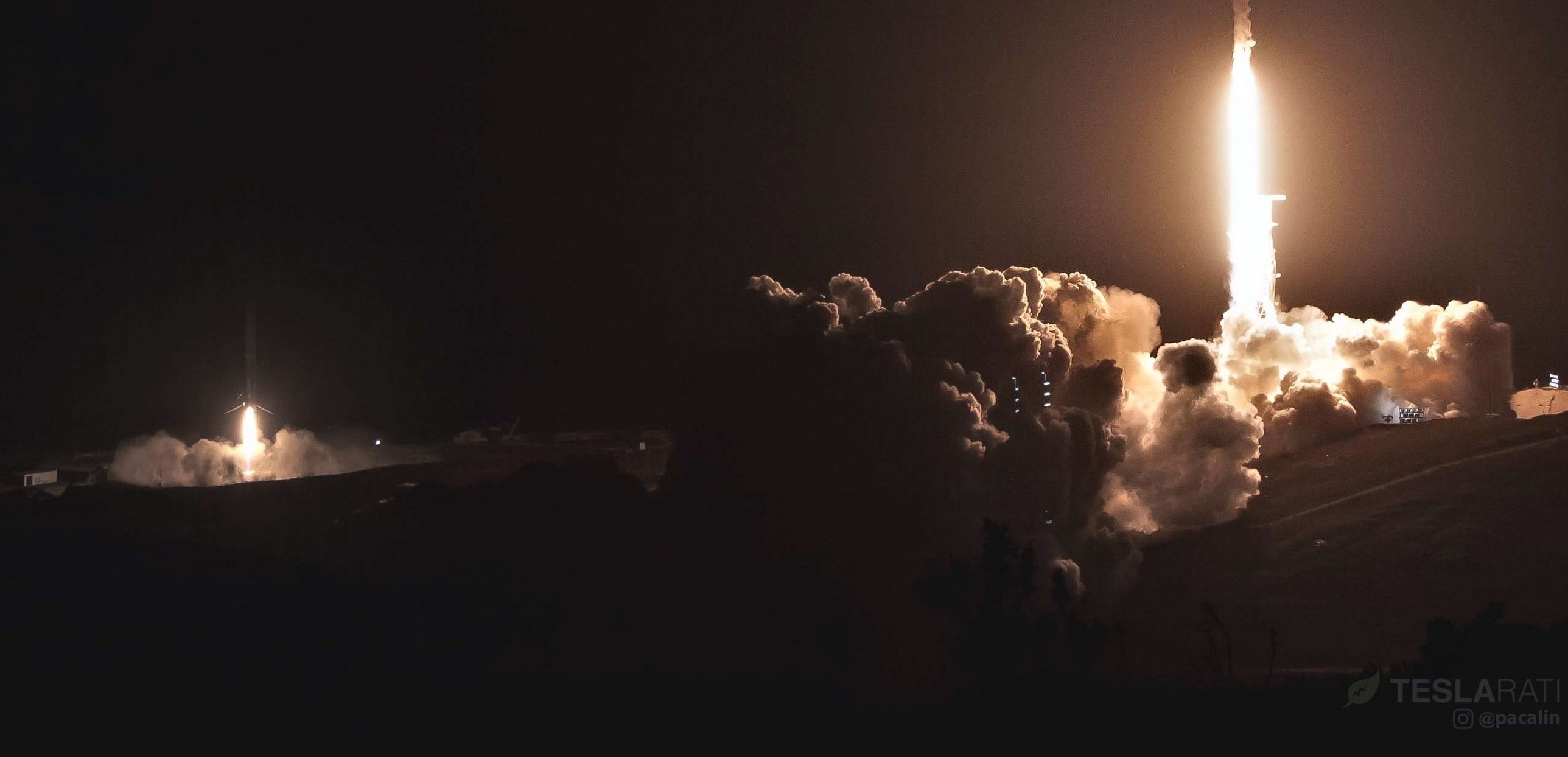
As of November 19th, only two Falcon 9 Block 5 boosters will be candidates for a third reuse – B1046 and B1048. Falcon 9 B1048 launched for the second time just days ago, placing Earth observation satellite SAOCOM 1A in orbit before performing the first return-to-launch-site (RTLS) recovery on the West Coast, also marking the debut of SpaceX’s long-dormant LZ-4 landing zone. Aside from playing a role in one of the most spectacular launch-related light shows ever created, B1048 is noteworthy for being SpaceX’s second-fastest Falcon 9 booster turnaround, taking just 74 days to go from its first launch and landing to its second operational use.
While B1046 – launched first on May 11th and again on August 7th – will have had more than three months of potential refurbishment by SSO-A’s Nov. 19 launch target, both of its two launches involved relatively high-energy profiles with heavy payloads, resulting in higher (and thus more damaging) heating during reentry. B1048, on the other hand, has launched a heavy set of 10 Iridium NEXT satellites into a low-energy orbit and then launched the much lighter SAOCOM 1A spacecraft into an equally low orbit, translating to much more forgiving reentries and thus much easier refurbishment.
Later at IAC 2018, Hans spoke in more detail about the leading challenges facing SpaceX in this relatively mature stage of reusable rocketry optimization. Most notably, he seemed to imply that the most difficult aspect of refurbishing Falcon 9 boosters was damage caused to its nine Merlin 1D engines while taking the brunt of Falcon 9’s reentry inertia, not hugely surprising given the awkward geometry and sheer force behind a booster traveling more than 2000 meters per second.
- Falcon 9 Block 5 completed its first launch on May 11, carrying the Bangabandhu-1 communications satellite to geostationary transfer orbit. (Tom Cross)
- It’s currently unclear whether B1046 or B1048 will become the first SpaceX rocket to fly three times. (Tom Cross)
- Falcon 9 B1048 returned to Port of Los Angeles aboard drone ship Just Read The Instructions after its first launch. July 27. (Pauline Acalin)
- Falcon 9 B1048.2 landed at LZ-4 after its second successful launch. (SpaceX)
It’s possible that SpaceX will set B1046 up as the pathfinder for all future reusability milestones, including the 3rd, 4th, and 5th booster flights and beyond. However, B1048 may well be in better condition, is already directly stationed at its refurbishment facility, and will have another relatively low-energy launch ahead of it if assigned to SSO-A. Critically, flying for the third time on SSO-A – as few as 43 days after its second orbital launch – will require B1048 to break SpaceX’s record for faster Falcon 9 booster turnaround by more than 50%, despite the fact that it would have two full operational missions under its belt.
It may sound more mundane than other crowning SpaceX achievements, particularly with the focus on numbers that might seem arbitrary and unimportant at first glance, but it’s actually difficult to overstate just how important the third reuse of a Falcon 9 booster is, particularly if that pathfinder happens to break refurbishment records at the same time.
SpaceX’s ultimate goal is to build and launch rockets with airplane-like reusability and reliability, eventually flying boosters and other components upwards of 100-1000 times each, and the jump from two flights per core to three will be the best evidence yet that the company is making rapid progress in that direction.
For prompt updates, on-the-ground perspectives, and unique glimpses of SpaceX’s rocket recovery fleet check out our brand new LaunchPad and LandingZone newsletters!

Elon Musk
Elon Musk’s net worth is nearing $800 billion, and it’s no small part due to xAI
A newly confirmed $20 billion xAI funding round valued the business at $250 billion, adding an estimated $62 billion to Musk’s fortune.
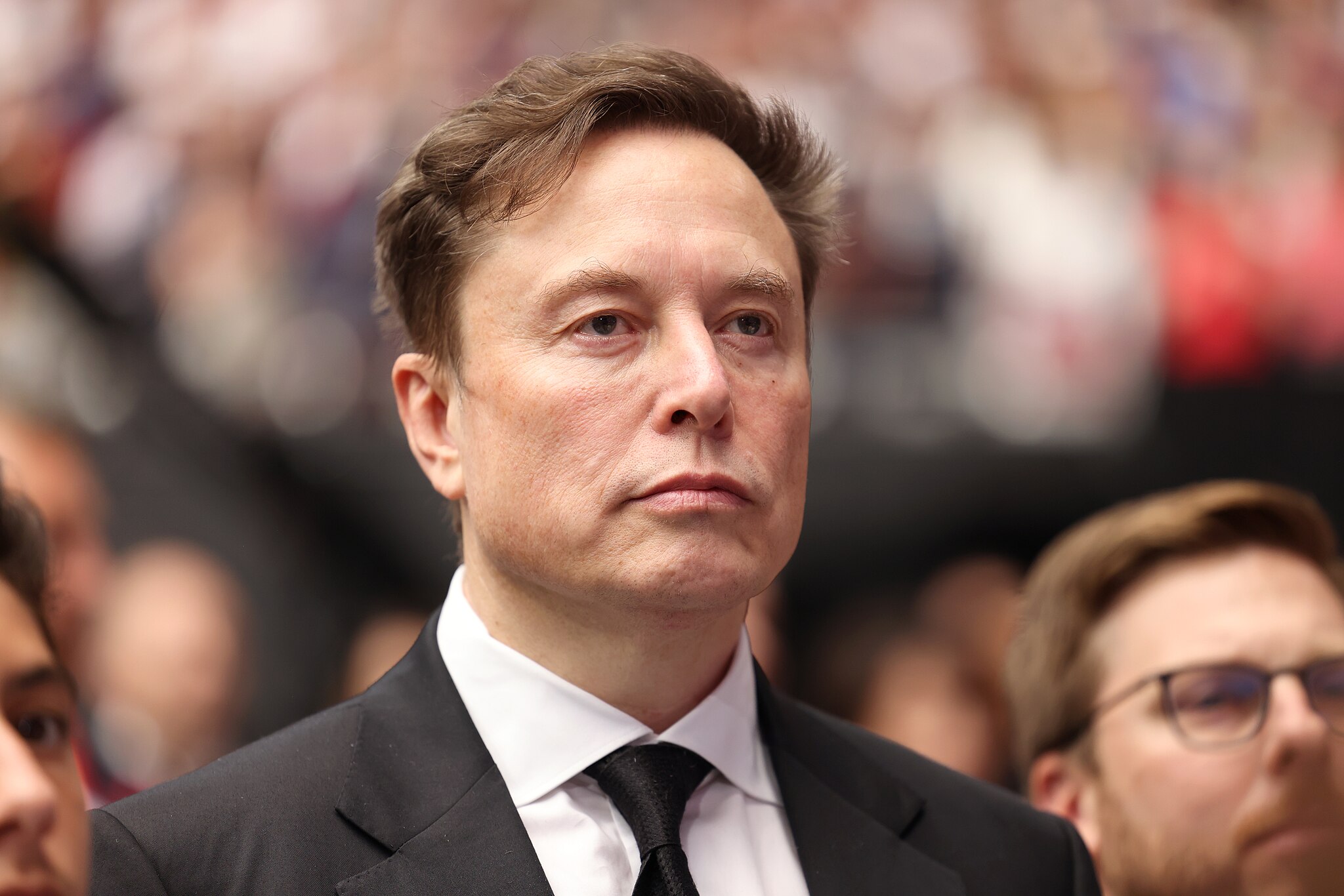
Elon Musk moved within reach of an unprecedented $800 billion net worth after private investors sharply increased the valuation of xAI Holdings, his artificial intelligence and social media company.
A newly confirmed $20 billion funding round valued the business at $250 billion, adding an estimated $62 billion to Musk’s fortune and widening his lead as the world’s wealthiest individual.
xAI’s valuation jump
Forbes confirmed that xAI Holdings was valued at $250 billion following its $20 billion funding round. That’s more than double the $113 billion valuation Musk cited when he merged his AI startup xAI with social media platform X last year. Musk owned roughly 49% of the combined company, which Forbes estimated was worth about $122 billion after the deal closed.
xAI’s recent valuation increase pushed Musk’s total net worth to approximately $780 billion, as per Forbes’ Real-Time Billionaires List. The jump represented one of the single largest wealth gains ever recorded in a private funding round.
Interestingly enough, xAI’s funding round also boosted the AI startup’s other billionaire investors. Saudi investor Prince Alwaleed Bin Talal Alsaud held an estimated 1.6% stake in xAI worth about $4 billion, so the recent funding round boosted his net worth to $19.4 billion. Twitter co-founder Jack Dorsey and Oracle co-founder Larry Ellison each owned roughly 0.8% stakes that are now valued at about $2.1 billion, increasing their net worths to $6 billion and $241 billion, respectively.
The backbone of Musk’s net worth
Despite xAI’s rapid rise, Musk’s net worth is still primarily anchored by SpaceX and Tesla. SpaceX represents Musk’s single most valuable asset, with his 42% stake in the private space company estimated at roughly $336 billion.
Tesla ranks second among Musk’s holdings, as he owns about 12% of the EV maker’s common stock, which is worth approximately $307 billion.
Over the past year, Musk crossed a series of historic milestones, becoming the first person ever worth $500 billion, $600 billion, and $700 billion. He also widened his lead over the world’s second-richest individual, Larry Page, by more than $500 billion.
News
Tesla Cybercab sighting confirms one highly requested feature
The feature will likely allow the Cybercab to continue operating even in conditions when its cameras could be covered with dust, mud, or road grime.
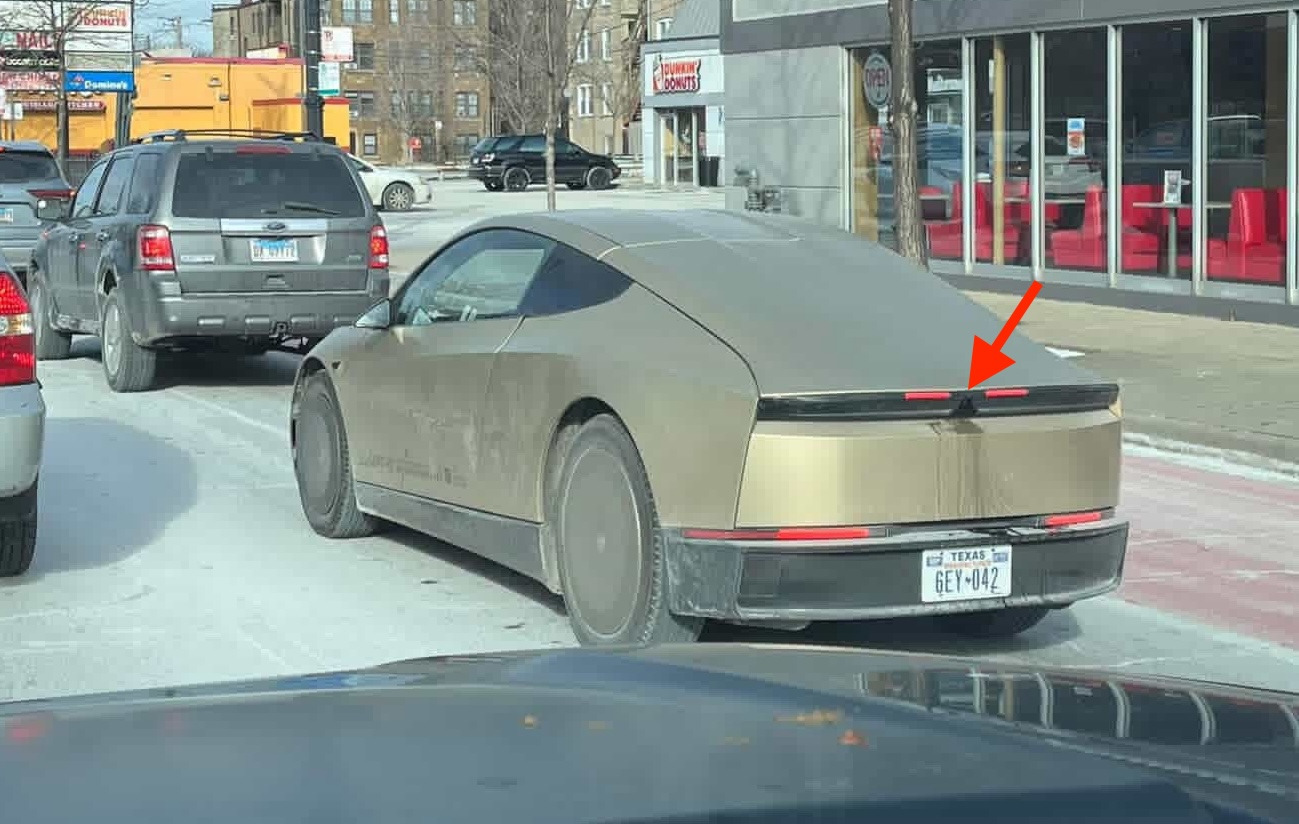
A recent sighting of Tesla’s Cybercab prototype in Chicago appears to confirm a long-requested feature for the autonomous two-seater.
The feature will likely allow the Cybercab to continue operating even in conditions when its cameras could be covered with dust, mud, or road grime.
The Cybercab’s camera washer
The Cybercab prototype in question was sighted in Chicago, and its image was shared widely on social media. While the autonomous two-seater itself was visibly dirty, its rear camera area stood out as noticeably cleaner than the rest of the car. Traces of water were also visible on the trunk. This suggested that the Cybercab is equipped with a rear camera washer.
As noted by Model Y owner and industry watcher Sawyer Merritt, a rear camera washer is a feature many Tesla owners have requested for years, particularly in snowy or wet regions where camera obstruction can affect visibility and the performance of systems like Full Self-Driving (FSD).
While only the rear camera washer was clearly visible, the sighting raises the possibility that Tesla may equip the Cybercab’s other external cameras with similar cleaning systems. Given the vehicle’s fully autonomous design, redundant visibility safeguards would be a logical inclusion.
The Cybercab in Tesla’s autonomous world
The Cybercab is Tesla’s first purpose-built autonomous ride-hailing vehicle, and it is expected to enter production later this year. The vehicle was unveiled in October 2024 at the “We, Robot” event in Los Angeles, and it is expected to be a major growth driver for Tesla as it continues its transition toward an AI- and robotics-focused company. The Cybercab will not include a steering wheel or pedals and is intended to carry one or two passengers per trip, a decision Tesla says reflects real-world ride-hailing usage data.
The Cybercab is also expected to feature in-vehicle entertainment through its center touchscreen, wireless charging, and other rider-focused amenities. Musk has also hinted that the vehicle includes far more innovation than is immediately apparent, stating on X that “there is so much to this car that is not obvious on the surface.”
News
Tesla seen as early winner as Canada reopens door to China-made EVs
Tesla had already prepared for Chinese exports to Canada in 2023 by equipping its Shanghai Gigafactory to produce a Canada-specific version of the Model Y.
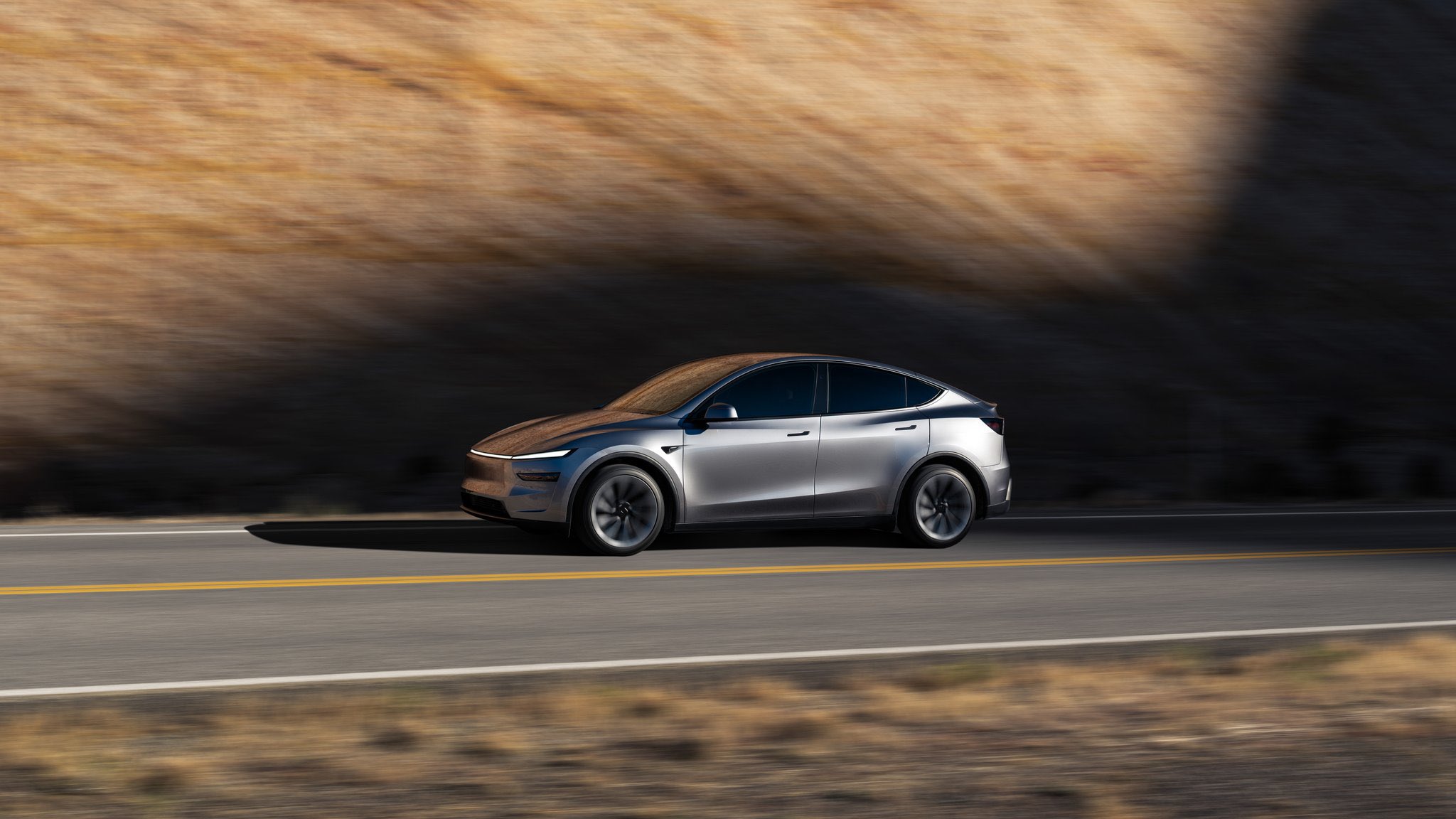
Tesla seems poised to be an early beneficiary of Canada’s decision to reopen imports of Chinese-made electric vehicles, following the removal of a 100% tariff that halted shipments last year.
Thanks to Giga Shanghai’s capability to produce Canadian-spec vehicles, it might only be a matter of time before Tesla is able to export vehicles to Canada from China once more.
Under the new U.S.–Canada trade agreement, Canada will allow up to 49,000 vehicles per year to be imported from China at a 6.1% tariff, with the quota potentially rising to 70,000 units within five years, according to Prime Minister Mark Carney.
Half of the initial quota is reserved for vehicles priced under CAD 35,000, a threshold above current Tesla models, though the electric vehicle maker could still benefit from the rule change, as noted in a Reuters report.
Tesla had already prepared for Chinese exports to Canada in 2023 by equipping its Shanghai Gigafactory to produce a Canada-specific version of the Model Y. That year, Tesla began shipping vehicles from Shanghai to Canada, contributing to a sharp 460% year-over-year increase in China-built vehicle imports through Vancouver.
When Ottawa imposed a 100% tariff in 2024, however, Tesla halted those shipments and shifted Canadian supply to its U.S. and Berlin factories. With tariffs now reduced, Tesla could quickly resume China-to-Canada exports.
Beyond manufacturing flexibility, Tesla could also benefit from its established retail presence in Canada. The automaker operates 39 stores across Canada, while Chinese brands like BYD and Nio have yet to enter the Canadian market directly. Tesla’s relatively small lineup, which is comprised of four core models plus the Cybertruck, allows it to move faster on marketing and logistics than competitors with broader portfolios.
